Historical Architecture of Grosse Pointe – Relocated – Part 2
Last week, in part 1, we presented two grand properties, once neighboring residences that were located next to the river in Indian Village – they were relocated brick by brick to Grosse Pointe.
This week we continue the story of homes that have been relocated with two smaller historic properties that have been moved to new location(s).
A site near Provencal and Lake Shore Road – relocated to 376 Kercheval Avenue
Part of following research is courtesy of the Grosse Pointe Historical Society. In 1823, Detroiter Pierre Provencal, a Indian Agent turned farmer, constructed a Greek Revival timber framed farmhouse, on a plot near the foot of Provencal, for himself and his wife Euphemia St. Aubin. At the time the couple didn’t have any children of their own so in the years that followed they founded a school, in their home, for children that had been orphaned by the 1830s and 1840s Cholera Epidemics. In 1842, the Provencal’s one and only child Catherine was born. Along with their daughter the couple adopted, raised, and educated more than 20 children whose parents died during the cholera outbreak. Image courtesy of: Detroit Public Library Digital Collection.
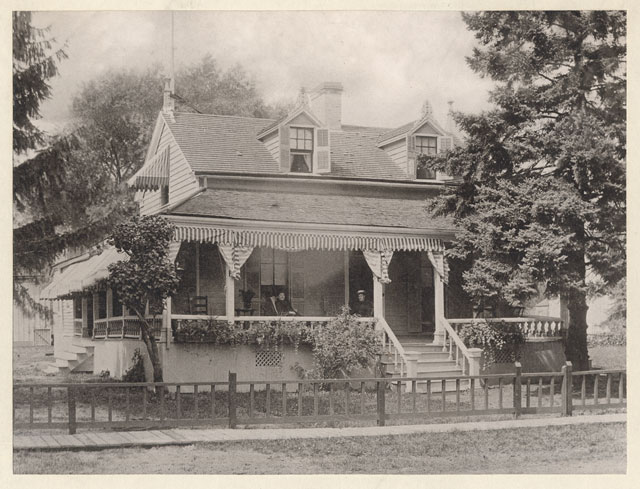
After Mr. and Mrs. Provencal passed (Mr. Provencal in 1869, and Mrs. Provencal in 1872) the property became the summer residence of their daughter Catherine and her husband Judge James D. Weir. Catherine Weir passed in 1903, however, it is not known when her husband James Weir died. In the proceeding years John Labelle purchased the house. Around 1914, Mr. Labelle moved the property – by horses pulling the house on top of log rollers – to its present location at 376 Kercheval Avenue. At the time Mr. Labelle extended the size of the home by adding an addition to the east side that would include a kitchen, dining room and bedrooms on the second floor. In the years that followed the house became a grocery store, real estate office and a rental unit – the Labelle family owned the property until 1955, when Albert H. Towbridge bought it.

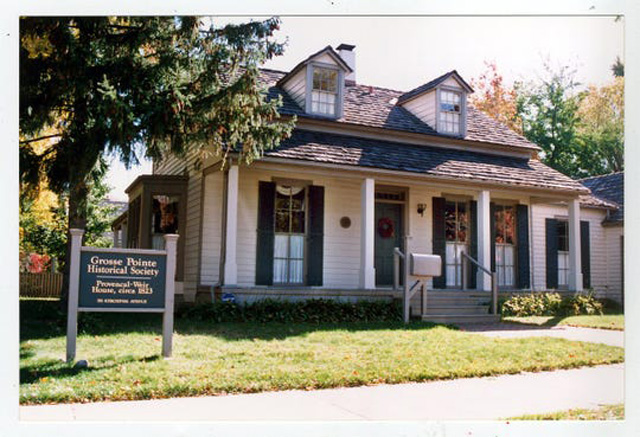
In 1987, the Grosse Pointe Historical Society purchased the house from Mrs. Francis Robinson (formerly Francis Trowbridge) and fully restored the property. Extensive renovations were completed in 1996. The Provencal – Weir House, is now the society headquarters and a museum – it is believed to be the community’s oldest surviving residence. Above images courtesy of: the Grosse Pointe Historical Society.
Distance moved: approximately 0.7 miles
The Cadieux Farmhouse – moved 3 times – from Detroit to its final location at 533 St Clair Avenue.
In 1701, the first French settlers arrived in Detroit – the city, landscape, and the climate was vastly different to the shores of France. The settlers started to build residences, but the challenges, as one would expect, were monumental – the materials they used in their homeland were unavailable, they had to figure our a way to keep out the bitter cold, and a method had to be perfected to stabilize the structures (they had built) in order to prevent them from sinking into the mud in spring. In creating an architectural style to overcome the many challenges first encountered they perfected the French frame approach that became so popular in Detroit’s ribbon farm era.
In 1850, French descendant Isadore Cadieux relied on the building methods, perfected by the French settlers, to build a clapboard farmhouse in Detroit. Constructed from wood, the original floor plan of the single story home measured around 800 square feet; it had pine floors, a narrow staircase, and hand-hewn balusters. Shortly after it was completed Isadore Cadieux had his new home transported by barge to a piece of land, owned by his father, Michael Cadieux, that was located on the waterfront at the foot of Bishop Road in Grosse Pointe Park. The land was one of the many ribbon farms that dotted the waterfront of the Grosse Pointe’s during that era.
In 1870, it is believed ‘one of the Cadieux women felt that it was unhealthy to live on the shores of Lake Saint Clair, and to alleviate her allergies had the home moved to 16939 East Jefferson, on the corner of Notre Dame’. Shortly after it was moved to its new location a second floor was added. The house, now in its third location, would remain there for 144 years. Source: Grosse Pointe Historical Society.

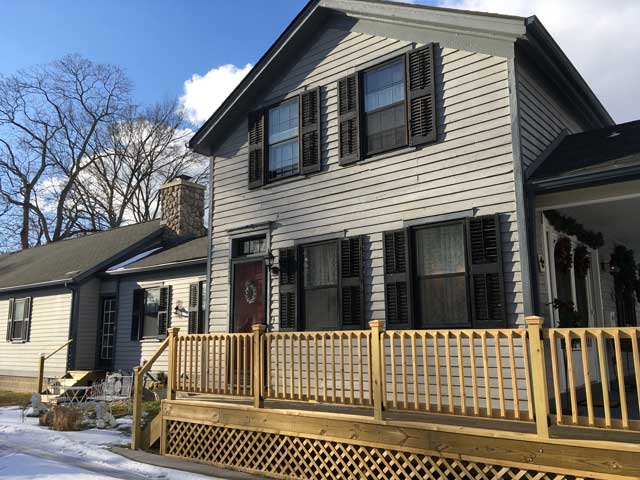
In 1983, we can confirm the farmhouse was approximately 1,100 sq ft in size. Eight years later, in 1991, part of the house was renovated, enlarged and updated. In 2011, Beaumont purchased the Cadieux Farmhouse with a plan to develop the site that included many other properties. Not wanting the home to be destroyed Beaumont made the home available for purchase and offered to relocate it – it is reported over 100 individuals and organizations inquired about the chance to own the home. From the candidates Dr. Leslie Kaye (Wagner) was selected. In the summer of 2014 the home was relocated on the back of a semi truck to its new location – 533 St Clair Avenue, Grosse Pointe, (a plot of land owned by Dr. Wagner). Much of the original structure, and wood still remains. It is fair to say the house, in its lifetime, has been on quite the journey, but is now in its final resting place. It is believed the farmhouse is one of the oldest and finest remaining examples of the French frame approach from the early ribbon farms in the Pointes.
Total distance moved: approximately 6 miles
I hope to continue the story of homes that have been relocated in the coming weeks – it is certainly a fascinating topic.
*Photos courtesy of the Higbie Maxon Agney archives unless stated.
Written by Katie Doelle
Copyright © 2020 Katie Doelle


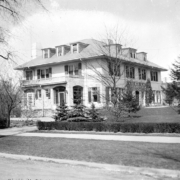
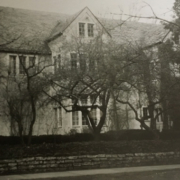
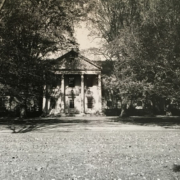
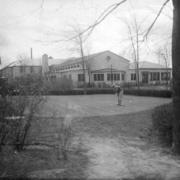
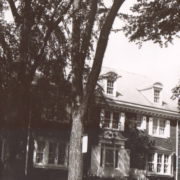
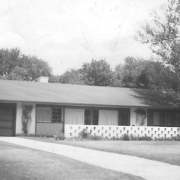
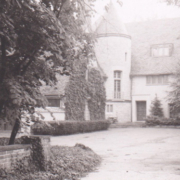
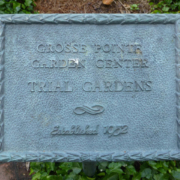
Leave a Reply
Want to join the discussion?Feel free to contribute!